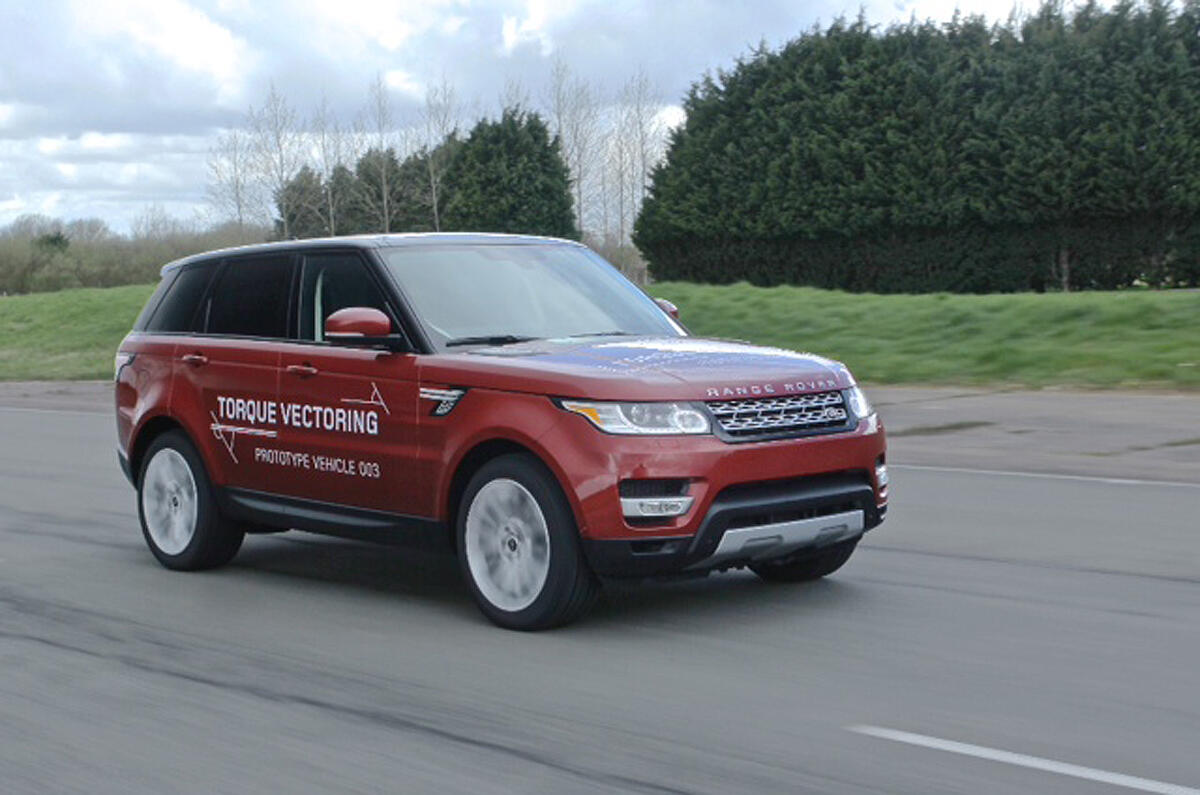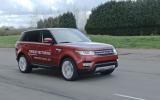What is it?
This is the all-new Range Rover Sport, which goes on sale in the autumn. Autocar has driven a near-production version powered by the range-topping supercharged 5.0-litre V8 engine, which develops 504bhp. The company claims it is the ”fastest, most agile and most responsive” model ever developed by Land Rover.
The key phrase for the Sport project was ‘breadth of ability’ - meaning that it should be able to both lap the German Nürburgring race circuit and still have serious off-roading ability. It was a task summarised by Land Rover engineers as ”both having two feet of suspension travel and 'staggering' times around the Nürburgring”.
To that end, much of the new Sport has been designed from scratch. Although it shares the same aluminium architecture as the recently launched flagship Range Rover, company engineers say that 75 per cent (measured by part numbers) of the components that go into the new Range Rover are unique.
Much of the (“no-expense spared”) re-design work has gone into changing the aluminium, air-sprung, suspension system which gets, for example, a bigger motor on the active anti-roll system, redesigned front suspension legs, re-valved steering and active dampers that take readings ”more than 500 times per second”.
Engineers say that the Sport’s new ‘Dynamic Mode’ much reduces body roll compared to the previous model. It also gets a torque vectoring effect via individual wheel braking - which kills off understeer before it begins to build up. A new Dynamic Active Locking Differential - 30 per cent quicker than before - is also fitted. The steering is also the quickest ever specified by the company.































Join the debate
Add your comment
I rather like the new RRS,
I rather like the new RRS, though the price is a bit much - especially as, to get the low ratio gearbox and 7 seats you have to go quite a long way up the range (not available on the "base" model).
I do wish manufacturers would forget about the ruddy Nurburgring - and customers would stop buying cars with stupidly large wheels so that the ride is pants and the risk of potholes bashing rims increased - then I might have a chance of buying a car with reasonably profiled sidewalls
it's all getting a bit heated...
There are a lot of people commenting on a car that isn't even out yet....the only people that have made a genuine comment are the people that have actually driven it.
Are Autocar anymore biased than their German or American counter parts? Motor Trend last year had their car of the year down to either a VW Passat or a Chevy Aveo? What does that tell you? Of course Autocar are going to be biased as they are British and want it to do well. Don't think for a second that any other countries car mags won't be biased...that's just niave...
The only test I would like to see is the old RR Sport Vs the new RR sport on some scales with a full tank of fuel and see if their claims are correct.
There are two things going on
There are two things going on here - responses to a new car review, and responses to Autocar's recent fawning praise of all things JLR (and Aston).
A bit of home team bias is understandable I think - cars provoke an emotive response - but some of the uncritical reporting (such as repeating JLR's overstated weight-loss claims without comment) has been way over the top.
As for the RRS itself, I like it much more than I thought I would, but am surprised by the aggressive set up. Is that really necessary?